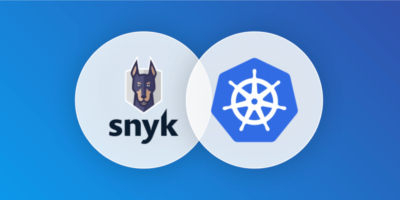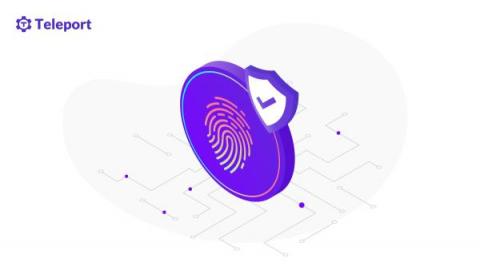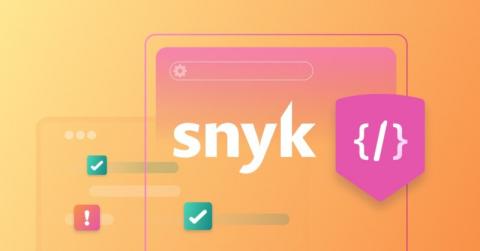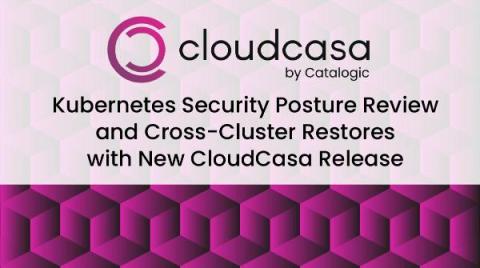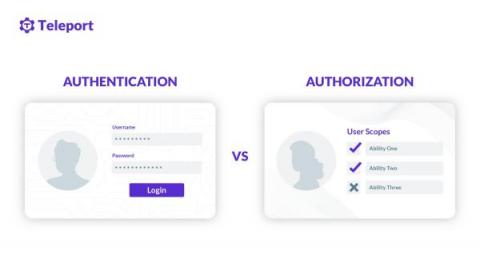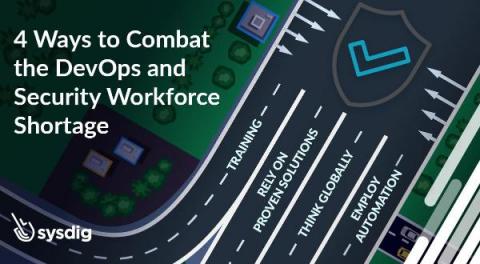Security implications of Kubernetes Operators
Managing resources in early versions of Kubernetes was a straightforward affair: we could define resources with YAML markup and submit these definitions to the cluster. But this turned out to require too much manual work, and at too low of a level. The next step in the evolution of Kubernetes was to use Helm charts. Sometimes called “the package manager for Kubernetes,” Helm allowed developers to share entire application setups using a templating language.


